每天推荐一个 GitHub 优质开源项目和一篇精选英文科技或编程文章原文,欢迎关注开源日报。交流QQ群:202790710;微博:https://weibo.com/openingsource;电报群 https://t.me/OpeningSourceOrg

今日推荐开源项目:《命令行+记事板=Taskbook》传送门:GitHub链接
推荐理由:如果你是一个经常使用命令行的人,那么这个记事板绝对会适合你的。它可以帮你有效的管理每天的任务……等到事情真正多起来的时候肯定会需要一个记事板来帮忙,而这个记事板不仅功能完善,还有中文文档,有兴趣的朋友可以去看看。

今日推荐英文原文:《VR and AR games, distributed computing and increased capabilities》作者:Alexander Pavlov
推荐理由:今天介绍的是关于 VR 和 AR 两种技术,这两个技术在未来肯定能够大放异彩
VR and AR games, distributed computing and increased capabilities
A brief history of the development of virtual and augmented reality
Virtual reality (VR) and augmented reality (AR) technology has been stimulating the imaginations of gamers all over the world for several years: it’s incredibly exciting to immerse yourself in a new universe just sitting at home on the PC or your smartphone. The first developments in this industry emerged in the middle of the last century, when a pioneer of VR, Morton Heilig, introduced the first virtual simulator, “Sensorama”. Heilig believed his invention was the logical result of the evolution of art.
The amazing fact is that these new devices clearly demonstrated effects that were only partly disclosed by painting, photography and cinema together — portraying the visual world in all its glory, the way it is perceived by the human eye.
Morton Heilig “Cinema of the Future”, 1955
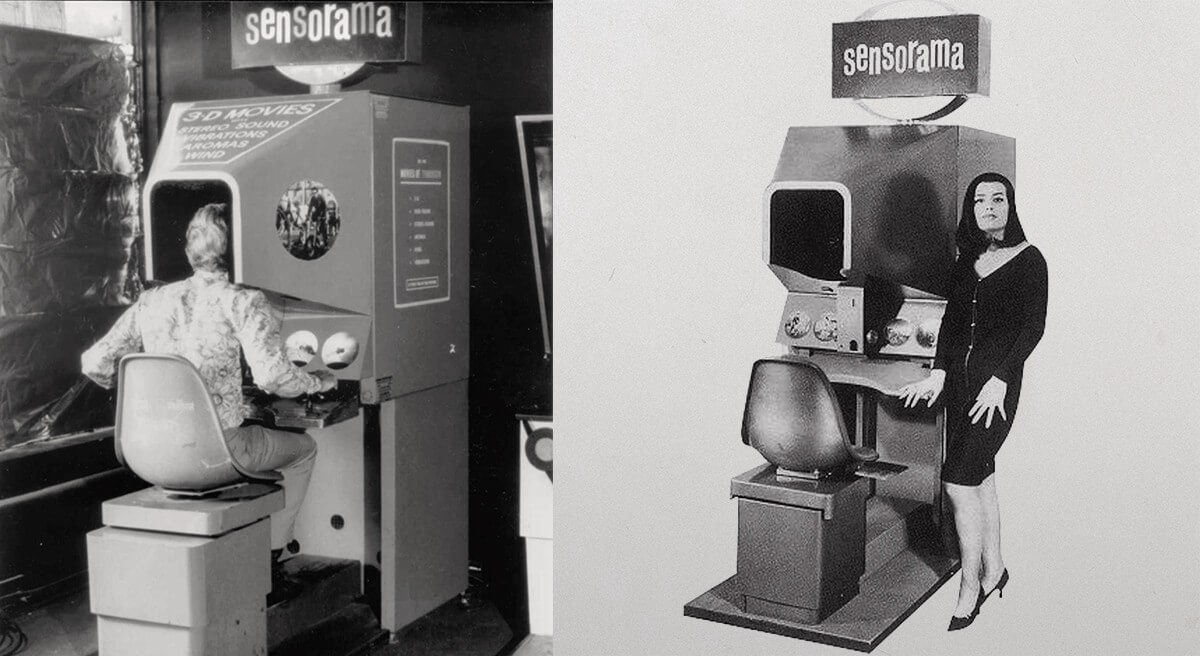
The first portable virtual reality devices appeared in the 60s and were used for military purposes. As for VR games, the first developments were made in 1993 by Sega, a company well-known to the generations of the 80s and 90s. Unfortunately, this release was a failure: the Genesis console caused dizziness and nausea, so sales were cancelled, and the VR game industry was suspended for another 10 years.
VR technology exploded in popularity in 2012, when Oculus launched a Kickstarter campaign to fund the production of a VR helmet. Three years later, sales of the first VR helmet, Oculus Rift CV1, began, which led to a massive fund flow to the industry.
Investments and market overview
According to the report of the Virtual Reality Fund, the total investment amount in the industry in 2017 exceeded $2.3 billion, and the number of companies in the VR industry reached 450.
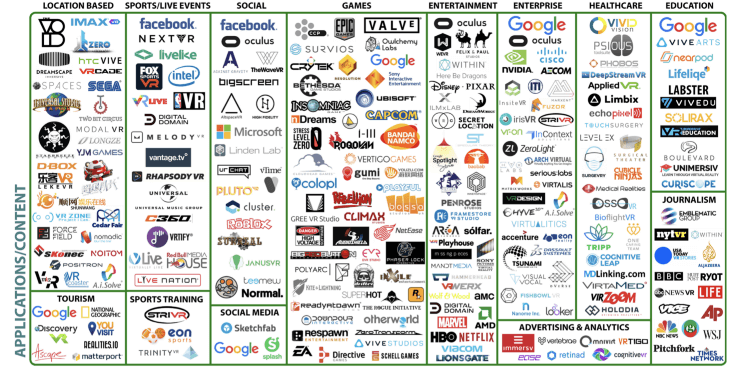
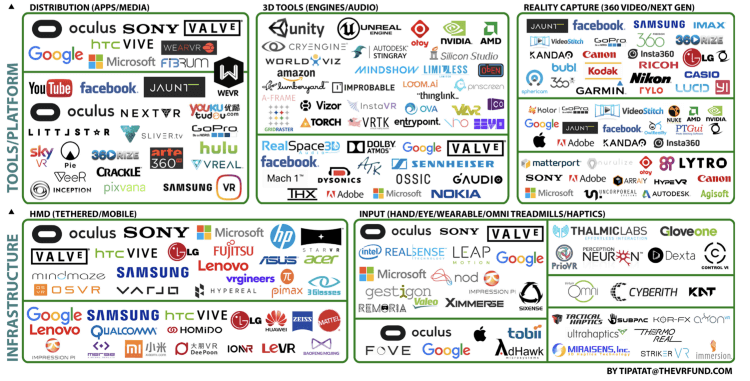
According to predictions by Statista.com, the total volume of the VR and AR markets in 2020 will have increased by more than 14 times compared to 2017.
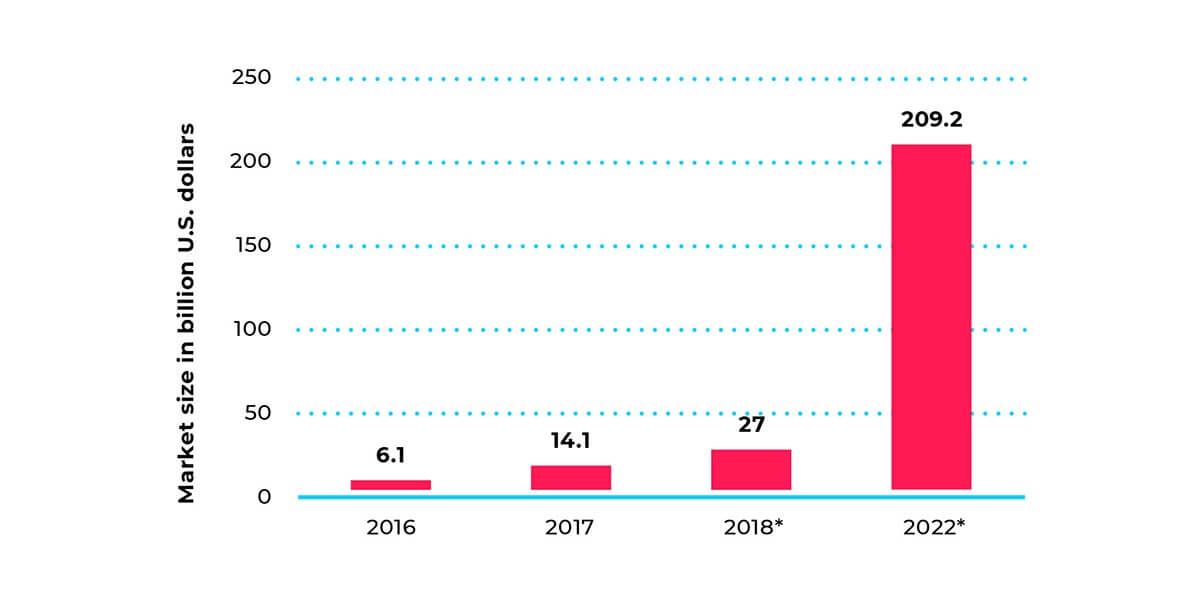
The service has also forecasted various scenarios of sales volume changes for VR and AR devices for the period from 2016 to 2020. Even in the worst case scenario, the sales volume is expected to grow 5 times over 4 years.
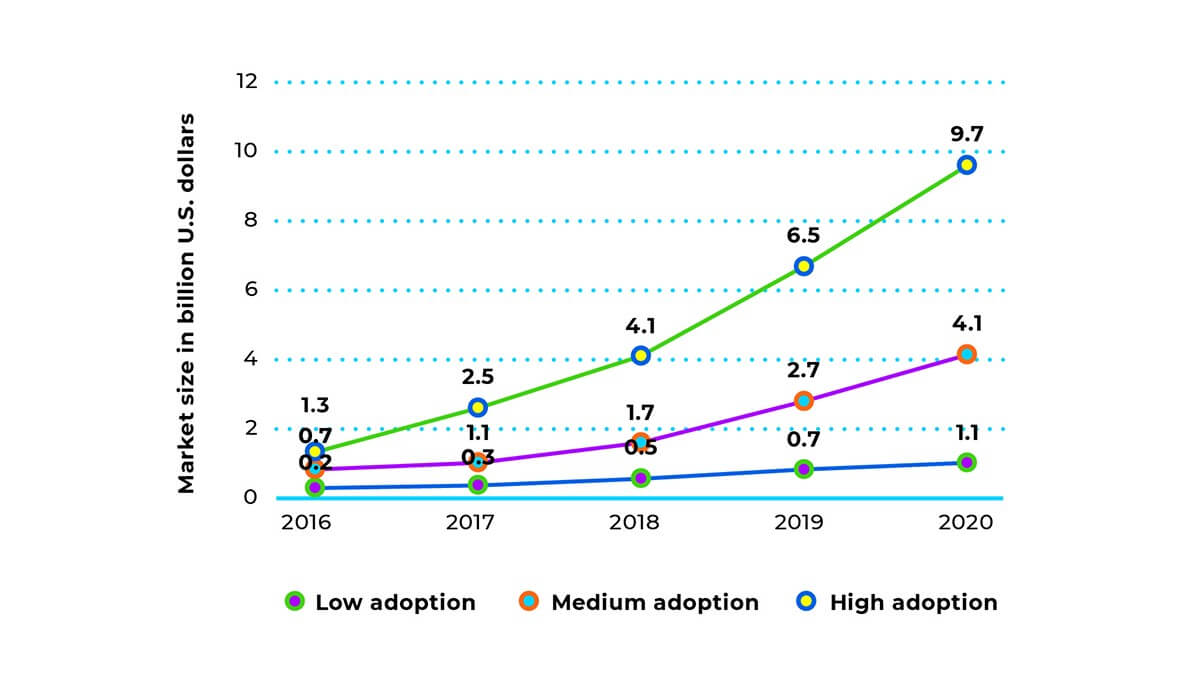
According to a report by OrbisResearch.com published in 2017 and entitled “The Gaming Market of Augmented Reality (AR) — global drivers, limits, opportunities, trends and forecasts up to 2023”, Microsoft, Google, Apple, Sony, Nintendo, Niantic, Cast AR, and Gamar are the largest players in the AR industry.
According to Think Mobiles, the most popular AR game is Pokemon GO, which was even mentioned in the Guinness Book of World Records. It is believed that Pokemon GO is a modernized version of Quake 2000, where it was possible to pursue monsters in reality using a special VR helmet with sensors and cameras. This helmet was quite expensive, which had a negative impact on the popularity of the game.
Now the VR industry is represented by the portable products of HTC Vive, Oculus Rift, PlayStation VR, and Windows Mixed Reality, and VR technology has been integrated into such popular games as Minecraft, Fallout 4, and TES: Skyrim.
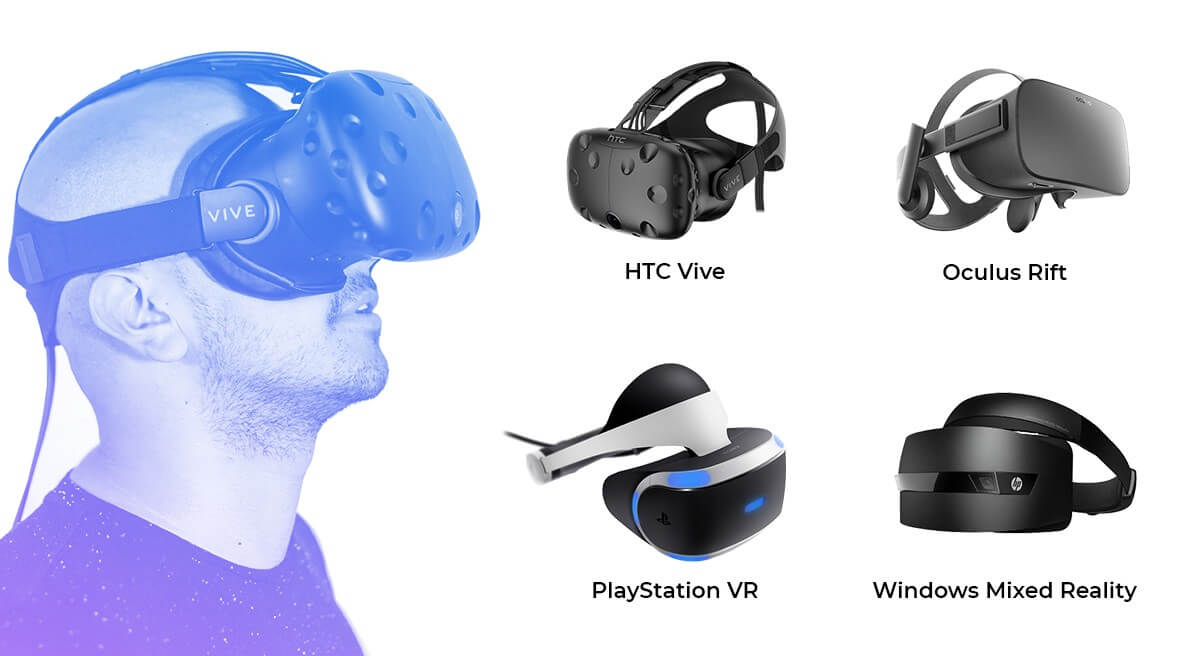
The main development problems in the VR and AR industries
Despite the rapid development and the growing capitalization of the AR and VR industries, the developers need to solve a number of major problems.
The high cost of VR helmets, the inadequate realism of the image and pixelation, the unregulated depth of focus, and the lack of computing power — all these factors have a negative impact on the popularization of the technology.
The capacity of Pokemon GO developer Niantic’s server was severely inadequate when the game was first launched, which resulted in user complaints. This problem could have been solved using decentralized computers such as SONM.
According to Gartner Analytics, more than 262.5 million computational devices were manufactured in 2017, including desktop PCs and laptops. There are more than one billion personal computers all over the world, and this number greatly exceeds the total number of computational devices and supercomputers in all data centers.
The main expense for game developers is renting computing capacities from data centers. Conversely, the computers of ordinary users (miners) are idle for several months. The main idea of SONM is the monetization of such resources using a special marketplace, where personal PC owners can lease their computing power.
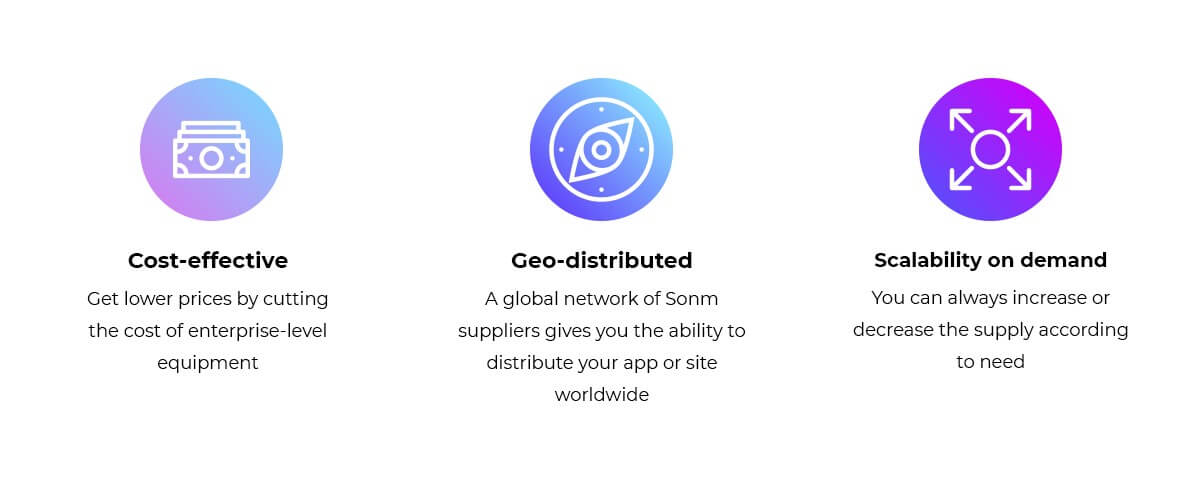
Thus, SONM has a number of advantages:
Low costs
Renting computing capacity is cheaper due to the use of consumer-grade PCs without the servicing expenses of data centers.
Better geographical coverage
Some cities or even countries contain no data centers, but miners and personal computers are everywhere.
A large number of video cards
Usually, video cards are used for rendering on a PC, but now there are other uses — machine learning, server rendering — that can be employed for modern games in the VR or AR area.
Using blockchain for VR and AR games
In 2017, the Decentraland project initially raised $24 million in 35 seconds. Development began in 2015, when the proof of concept was introduced: a certificate of ownership of virtual real estate, recorded using blockchain technology. The virtual real estate is represented as a grid, each pixel containing metadata that identifies the owner and color of the pixel.
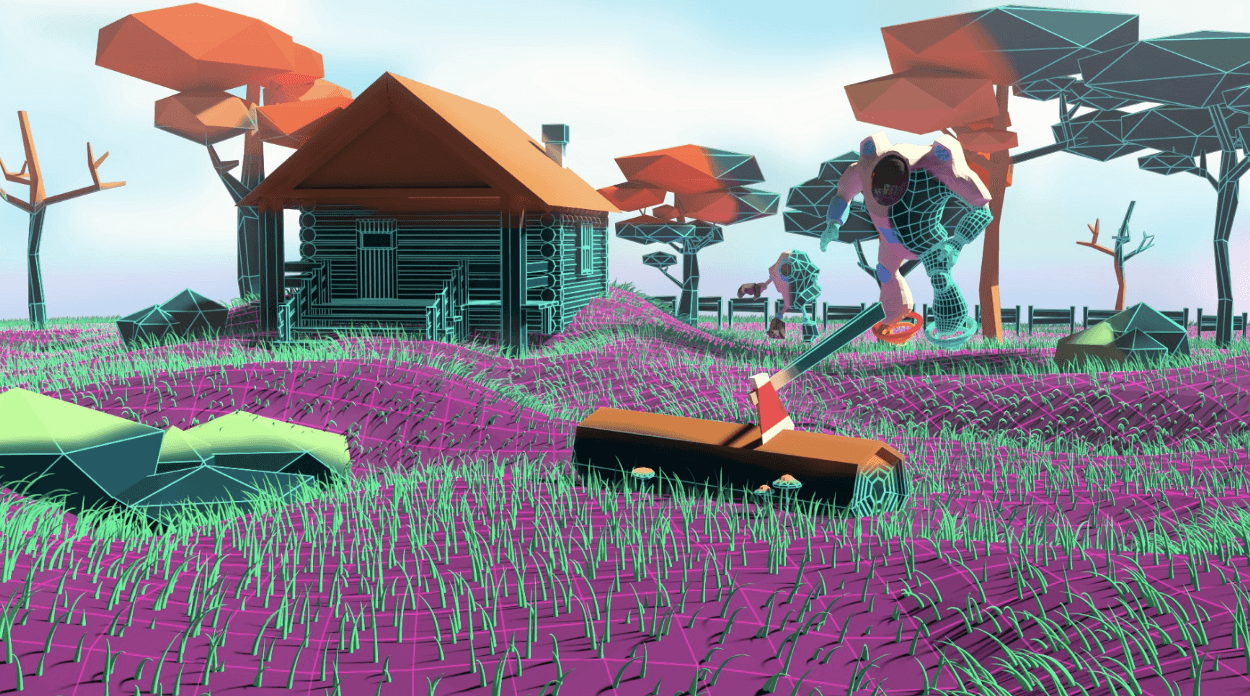
At the end of 2016, the development of the LAND virtual world, where you can buy, sell, or lease land, began. Every land plot has its own unique coordinates (x, y) and contains information about the owner as well as a link to the content description file stored in the BitTorrent and Kademlia DHT networks. All new land plots are adjacent to existing ones, and thus, Decentraland has created a continuous virtual world. Also, Decentraland plans to found the first virtual metropolis, Genesis City.
Decentraland belongs to the users: they create content, have their own properties, and live “their lives”, which significantly distinguishes this project from other, similar ones.
Another project in this area is VibeHub — a virtual social platform for musicians, gamers, and education specialists. The startup uses a system of smart contracts to form agreements between platform participants, such as when a performer needs a videographer to record a clip, and a student needs grammar lessons. The project also creates holograms of famous people and places them in virtual worlds.
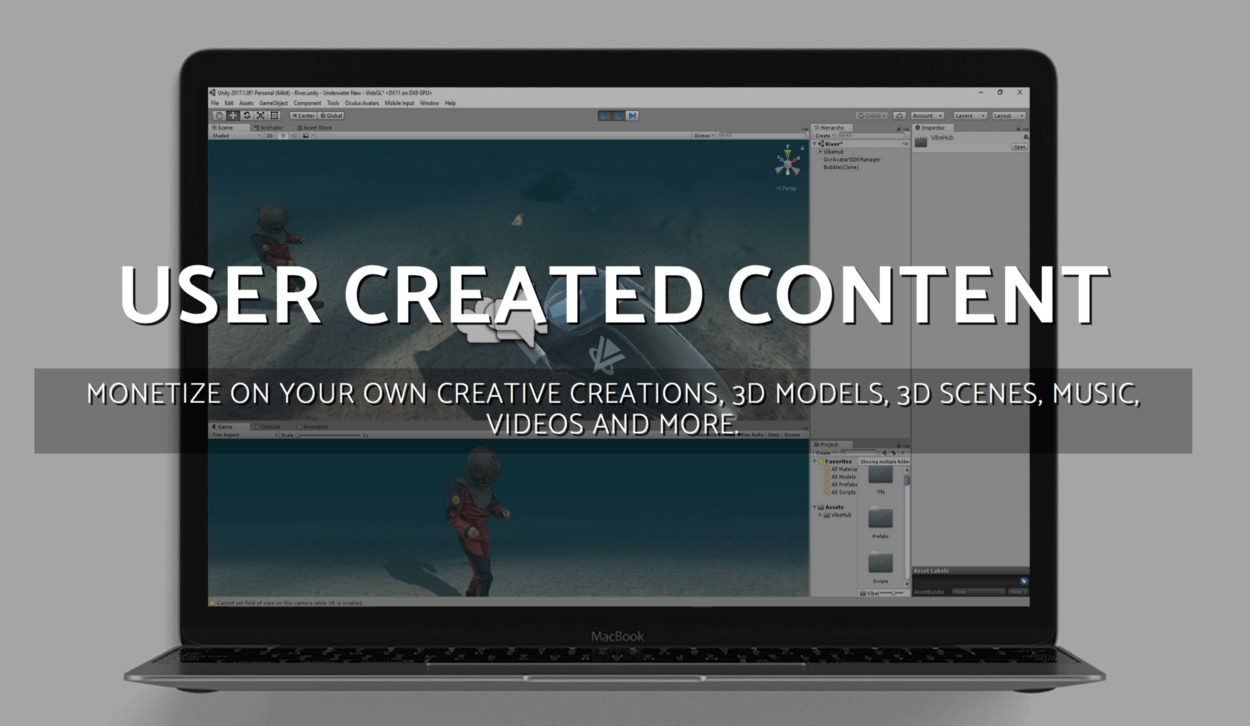
Monetization is generated through the creation and subsequent sale of unique goods based on the platform.
Other developers in the VR/AR industry are Virtual Universe, Crypto Space, and other, but their projects only have vague prospects.
Summary
There is no doubt that VR and AR technologies are the future. The growing market capitalization, alternative solutions in obtaining computing power, emerging new technologies — these all have a great impact on the balance of the game market. Blockchain technology is not yet widespread, but the expansion of VR and AR technologies may soon change this situation.
Do you have anything to add? Leave a comment and share your opinion — I would be happy to answer you.
每天推荐一个 GitHub 优质开源项目和一篇精选英文科技或编程文章原文,欢迎关注开源日报。交流QQ群:202790710;微博:https://weibo.com/openingsource;电报群 https://t.me/OpeningSourceOrg
